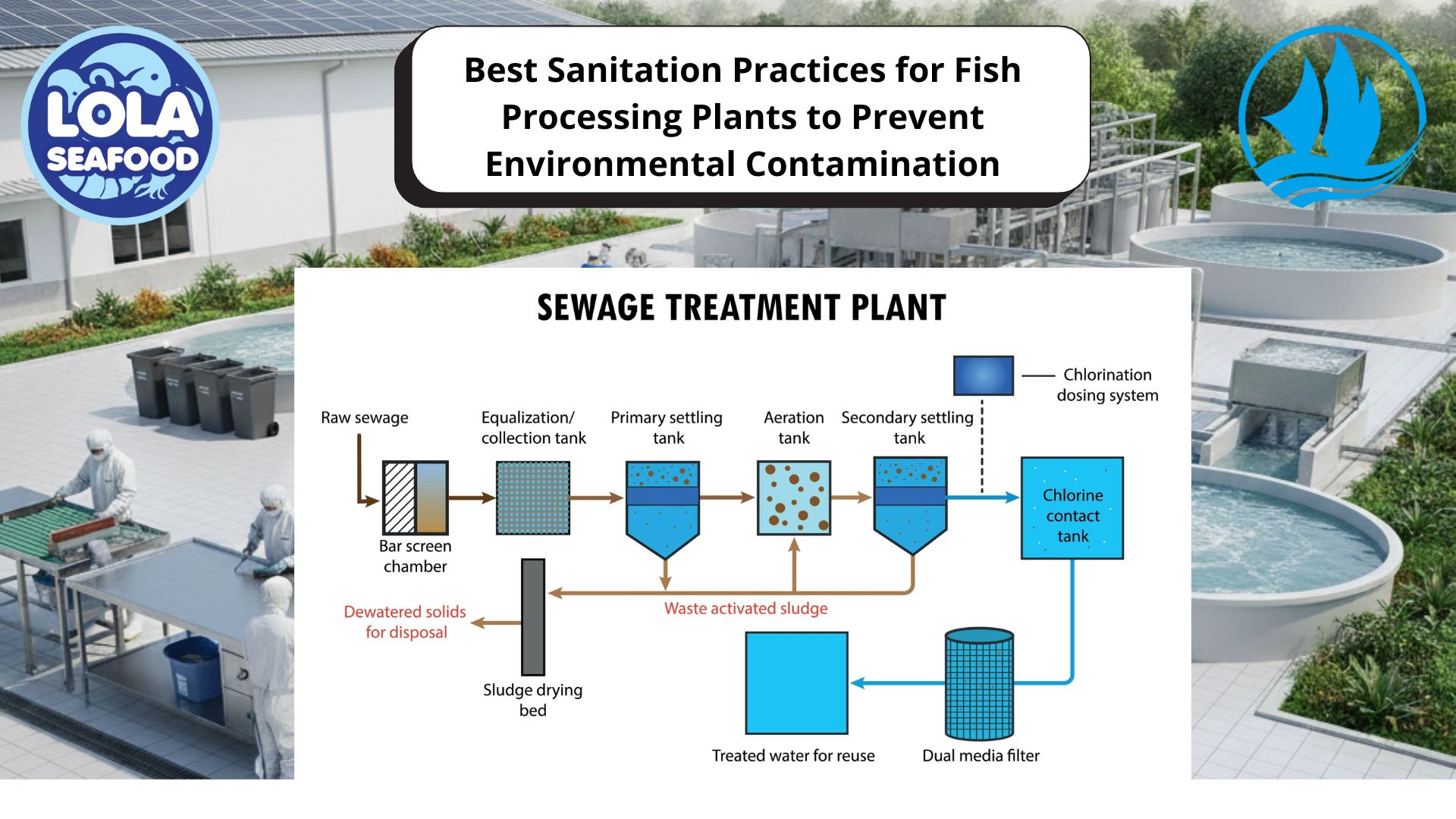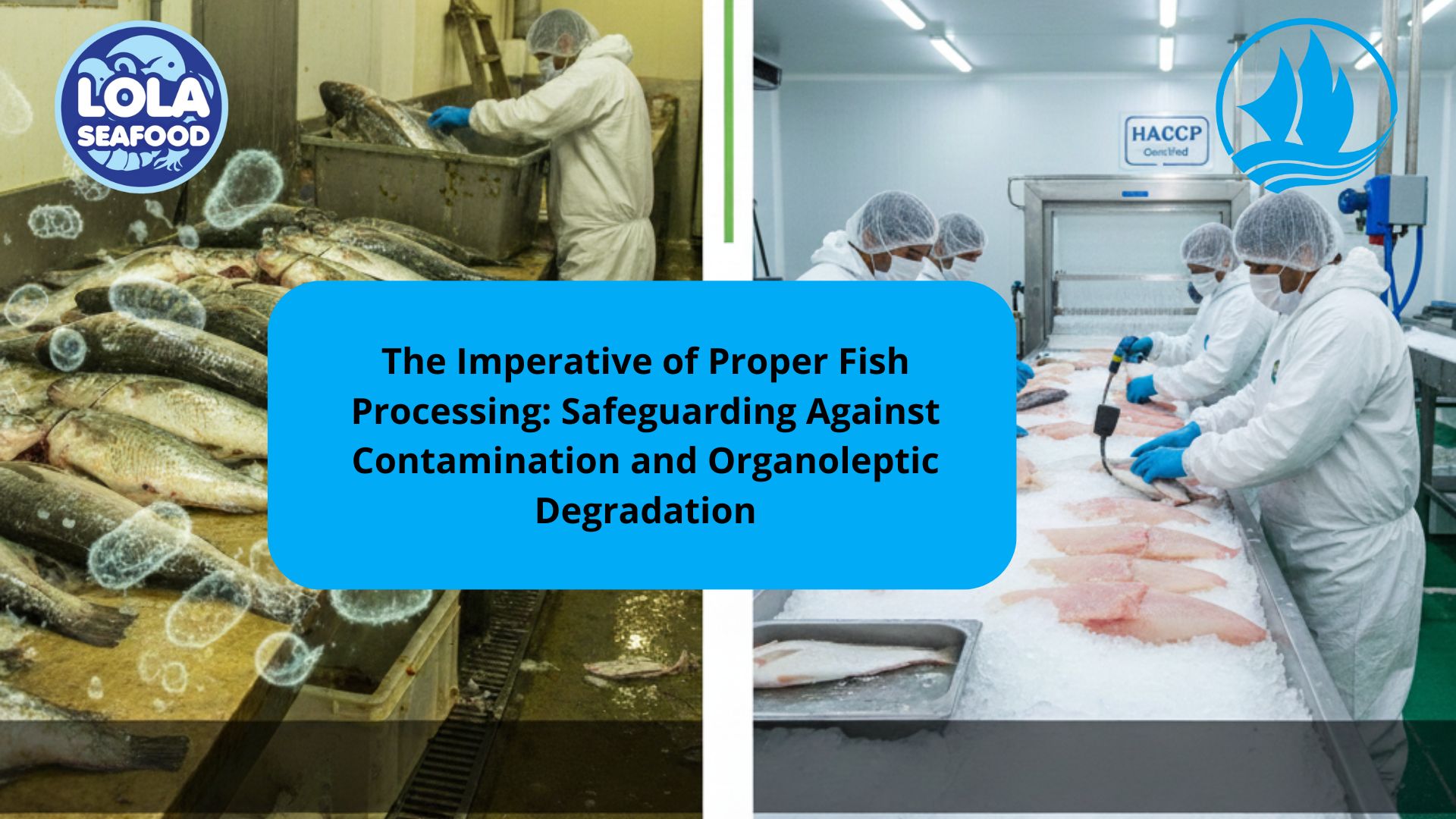Achieving HACCP Certification: Best Practices for Frozen Fish Manufacturers
By. Najih - 11 Jun 2024
The frozen fish industry plays a significant role in the global food supply chain, supplying a wide range of seafood products to consumers worldwide. However, ensuring the safety and quality of these products is not without its challenges. With the potential risks associated with foodborne illnesses and contamination, regulatory authorities and consumers alike demand stringent measures to safeguard public health. HACCP certification serves as a recognized framework for identifying and controlling hazards throughout the food production process, from harvesting to distribution. For frozen fish manufacturers, achieving HACCP certification is not only a legal requirement but also a strategic imperative for maintaining market competitiveness and consumer trust.
Best Practices for Frozen Fish Manufacturers: To achieve HACCP certification, frozen fish manufacturers must adhere to best practices tailored to their specific operations and product characteristics. Some key considerations include:
- Hazard Identification: Conduct a thorough hazard analysis to identify potential biological, chemical, and physical hazards associated with frozen fish production, including contamination during harvesting, processing, packaging, and storage.
- CCP Determination: Identify critical control points in the production process where control measures can be applied to prevent or eliminate hazards, such as temperature control during freezing, storage, and transportation.
- Critical Limit Establishment: Establish critical limits for each CCP based on scientific evidence, regulatory requirements, and industry best practices, ensuring that hazards are controlled to acceptable levels.
- Monitoring Procedures: Develop monitoring procedures to ensure that CCPs are effectively controlled, including temperature monitoring, microbial testing, and visual inspection of product quality.
- Corrective Actions: Develop procedures to address deviations from critical limits, including identifying the root cause of the deviation, taking corrective action to prevent recurrence, and documenting the process.
- Verification Procedures: Establish procedures to verify the effectiveness of the HACCP system, including internal audits, third-party inspections, and validation studies to ensure that control measures are adequate.
- Record-Keeping and Documentation: Maintain accurate records documenting the HACCP plan, including hazard analysis, CCPs, critical limits, monitoring procedures, corrective actions, verification procedures, and record-keeping protocols.

The Legal Shark Value Chain: Identifying Critical Control Points for Cost Efficiency and Value Enhancement from Catch to Consumer

Global Trust Across Three Segments: How the HACCP System Ensures Premium Quality for Demersal, Pelagic Fish, and Legal Shark Product Utilization
.jpg)
Green Investment, Profitable Harvest: How Sustainability Practices Reduce Operating Costs in Fish Fillet Processing Plants (Skin-On and Skin-Less)
 in Meeting Global Protein Demand Sustainably.jpg)
Sustainable Aquaculture: The Role of Recirculating Aquaculture Systems (RAS) in Meeting Global Protein Demand Sustainably




